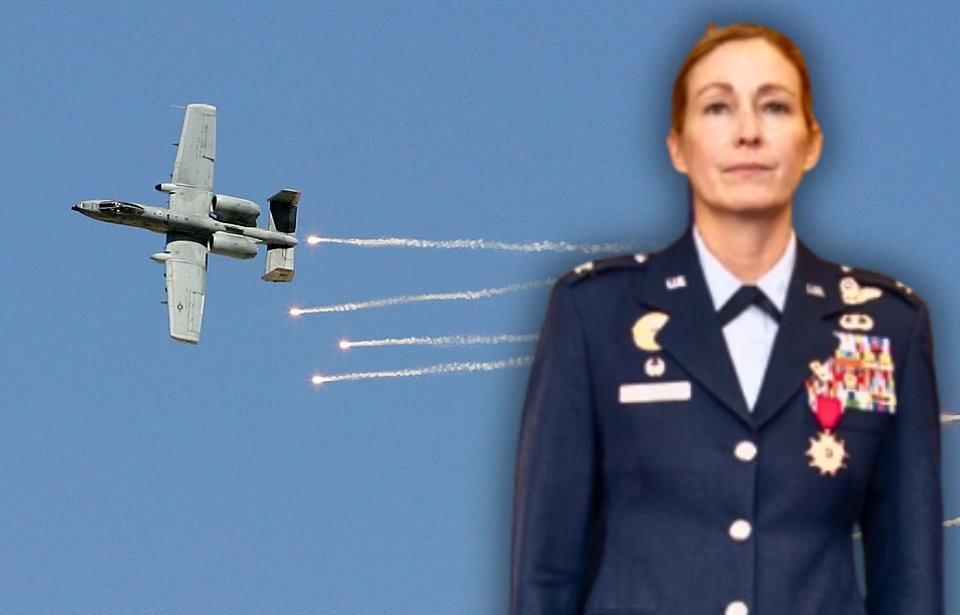Kim Campbell’s A-10 Warthog is struck by an enemy missile
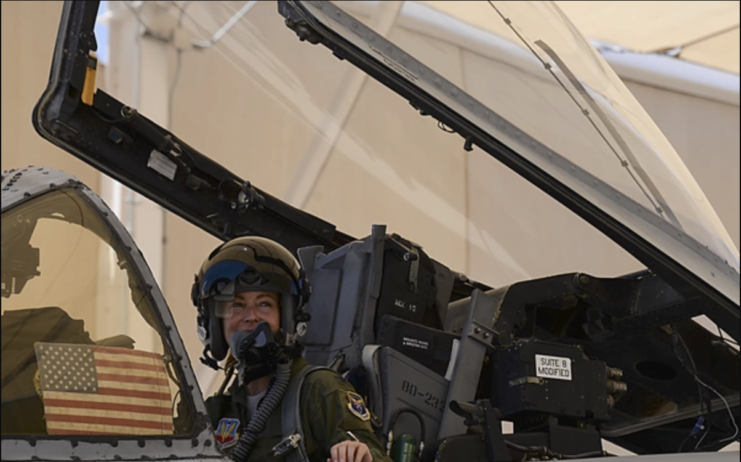
On April 7, 2003, Air Force pilot Kim Campbell took off on a mission to strike an Iraqi command post in Baghdad, flying alongside her lead, Lt. Col. Rick “Bino” Turner. As they approached the target, a call for help diverted their focus—the 3rd Infantry Division was pinned down by intense enemy fire and urgently needed air support.
Flying above the war-torn city, the two pilots had to strike a careful balance: they needed to hit hostile positions with precision while avoiding civilian casualties and preserving surrounding infrastructure. To complicate matters further, the threat of surface-to-air missiles was ever-present, and a thick layer of cloud cover obscured visibility. Despite the challenges, Campbell and Turner pressed forward, maintaining focus under pressure.
Their attack runs were effective, with Campbell unleashing rockets and 30mm cannon fire on enemy forces. But just as the mission neared its end, disaster struck. A missile slammed into Campbell’s A-10 Warthog. The explosion erupted in an ominous orange fireball, crippling the aircraft’s hydraulics and causing it to plummet into a sharp dive—an instant crisis that would test her resolve and flying skill to the limit.
Kim Campbell was trained in how to manually fly the A-10 Warthog
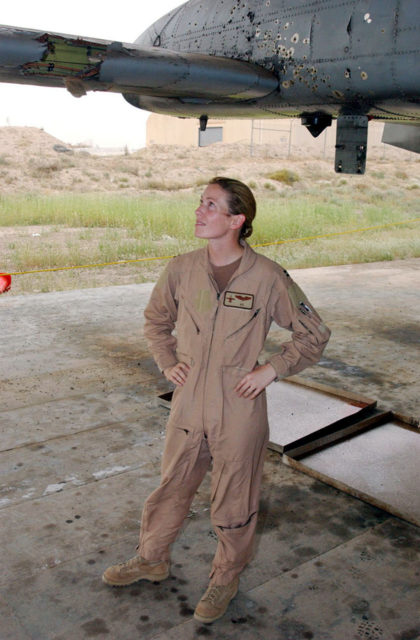
A quick lesson while under fire
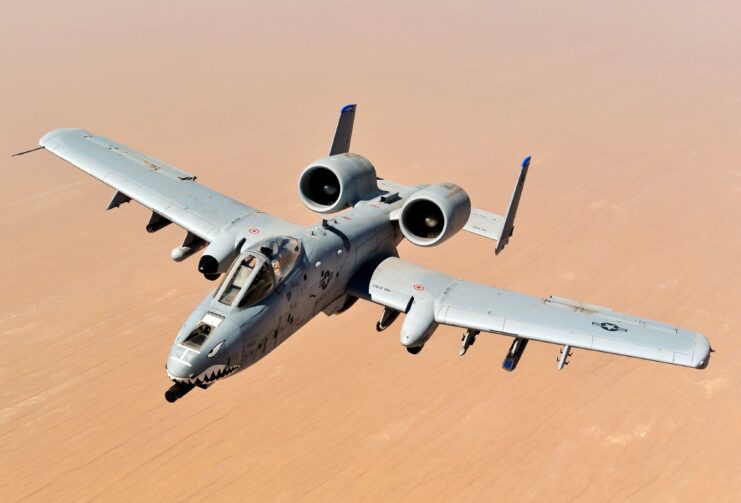
Campbell had to relearn how to manually fly while under anti-aircraft fire. Fortunately, her piloting skills were sharp enough that it wasn’t overly challenging for her.“Once I flipped the switch to manual reversion, I don’t remember it being overly difficult,” she said. “I was just so relieved the airplane was finally climbing and responding.”
After the critical hit, Campbell and Turner managed to exit the combat zone largely unharmed, and she manually flew the A-10 for 300 miles back to Kuwait.
Landing manually is a completely different ball game
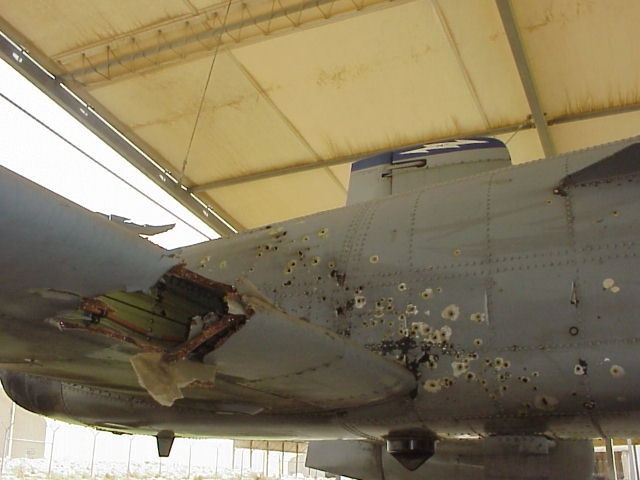
Kim Campbell, however, faced anything but ideal conditions. Her aircraft had sustained extensive damage, peppered with bullet holes and a severely compromised right horizontal stabilizer. After carefully weighing the risks with Turner, they decided to attempt a manual landing. Reflecting on the event, Campbell shared, “[Turner’s] actions after I was hit were absolutely critical. I was so focused on flying the airplane, getting it under control, whereas he had more awareness of what was going on around me.”
Campbell successfully landed the A-10 and was awarded the Distinguished Flying Cross for her heroism. Lt. Col. Mike Millen, Chief of the 355th Fighter Wing Commander’s Action Group, praised her skill, saying, “Kim landed that jet with no hydraulics better than I land the A-10 every day with all systems operational.”
Interestingly, when Campbell later practiced similar manual landings in simulators, the outcomes were not as successful.
Kim Campbell went right back to it
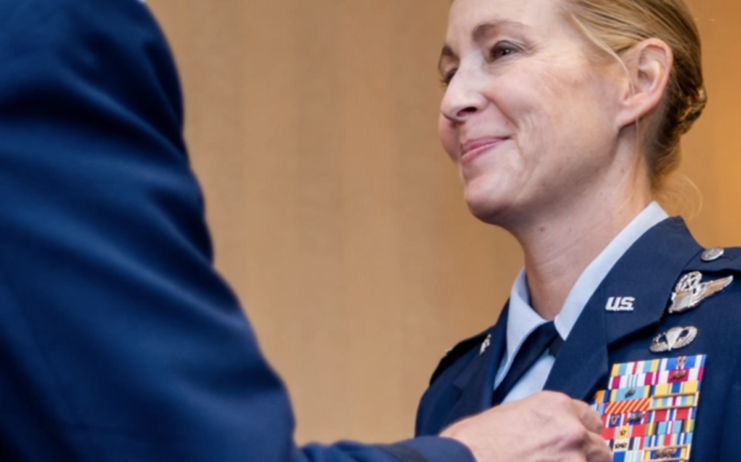
Even though she showed bravery in the moment, Kim Campbell confessed that she was truly frightened inside. “When I go back and listen to the audio recording [of the flight], I can hear the fear, I just didn’t have time to think about it,” she recalled. Nevertheless, she climbed back into the cockpit the next day.
More from us: The Remarkable North American P-82 Twin Mustang Was Two Aircraft In One
Now retired, Campbell logged 1,800 hours of flight time and completed over 100 combat missions in the A-10. For her, it’s all about being an excellent pilot. “I never wanted to be labeled as a female fighter pilot,” she explained. “I wanted to be the best pilot. So just work hard and be credible. Be good at what you do.”
